Three-tab asphalt shingles have been the most commonly installed shingle in the past 60 years. This type of shingle is recognizable for its rectangular pattern, which has three per shingle. The rectangle is typically 12 inches wide by 5 inches tall, but some eras utilized larger sizes. Until the mid 1990s, the three-tab shingle was referred to in the Midwest as an “organic” shingle that described the cardboard-like base in which the asphalt was sprayed in the manufacturing process. This “organic” three-tab shingle was thicker and seemingly more wind resistant. In the late 1980s, manufacturers started to use a fiberglass mat as the base in which the asphalt was sprayed and these were called three-tab “fiberglass” shingles. These original “fiberglass” shingles were too thin and many blew off in the Midwest, starting the demise of the three-tab shingle. Since that time, manufacturers have increased the amount the asphalt on the shingle and solved the issue of the shingles not staying put.
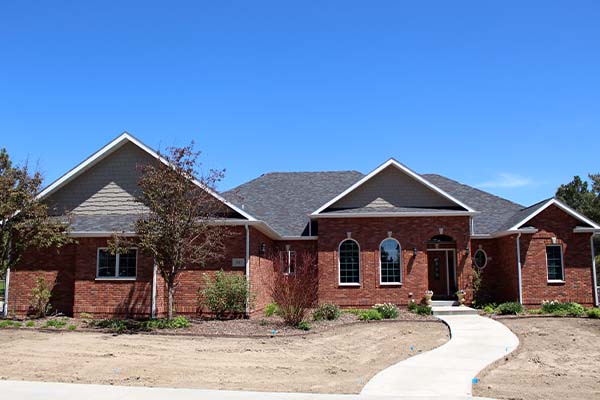
In 2003, the last manufacturer quit production of “organic” three-tab shingles, and all asphalt shingles today use the fiberglass mat. Three-tab shingles can carry a 20-year or 25-year material warranty. Weathercraft recommends using a minimum 25-year warranty shingle in the Midwest if possible. Three-tab shingles can be installed using a “6” pattern, which lines up the slots between the rectangles on every other row or a “5” pattern (Weathercraft recommended), which has the slots are arranged in a diagonal pattern.
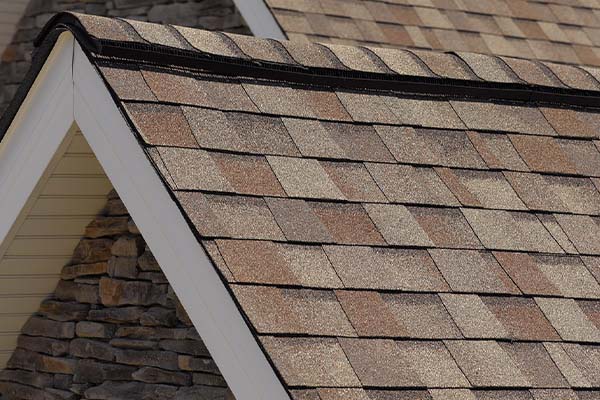
The most commonly installed asphalt shingle currently is the “dimensional” or “Heritage-style” shingle. Sometimes referred as “laminates,” this type consists of a solid 3–foot-wide shingle with additional triangular pieces factory-sealed on top to give the shingle a “dimensional” or depth-like appearance. This style of shingle typically has a more aggressive stick-down design, which allows for a higher wind-resistance rating.
Dimensional shingles typically carry a 30-year or 50-year material warranty. The 50-year shingles have more asphalt in them and can have a “meatier” appearance on the roof.
Weathercraft installs a variety of brands of “dimensional” shingles that have a proven performance record in the Midwest. These brands include Tamko Heritage, Malarkey Highlander, and GAF Timberline.

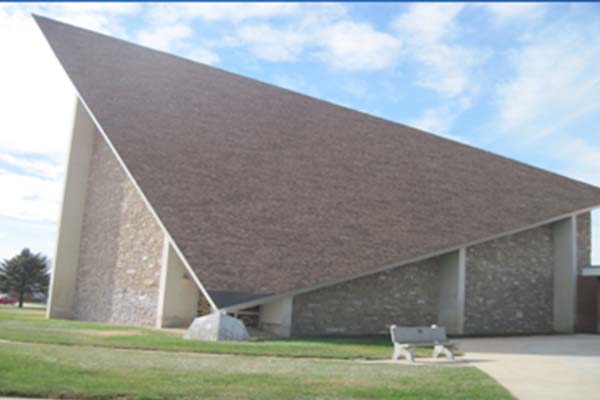
In the late 1990s, a new class of asphalt shingles was developed and tested in the northwest United States. This new class of shingles was able to withstand higher levels of weathering and impact resistance. It was called a “Class IV Impact Resistant” shingle, which had to meet certain testing requirements. The original Class IV-rated shingles were made from modified asphalt that had rubber-like qualities and are sometimes referred to as a “rubberized” shingle.
Some insurance companies will give a discount on the homeowner’s property insurance of up to 20 percent annually if they install a Class IV Impact Resistant shingle. The theory is that these shingles will hold up better against weathering and hail, and will not have to be replaced as often.
Class IV Impact Resistant shingles cost more and a payback cost analysis should be conducted to determine if this is the right decision for the homeowner.
The original company to come out with a Class IV Impact Resistant shingle is Malarkey Roofing Products. They have two types of Class IV shingles: the three-tab-style Alaskan shingle and the dimensional-style Legacy shingle. These shingles come with a 50-year material warranty. There are numerous other manufacturers that have come out with a Class IV Impact Rated shingle. Atlas Stormmaster is another SBS modified class 4 impact rated shingle on the market. It is Weathercraft’s opinion that these are the only Class IV Impact Rated shingles that give the homeowner good value.

These shingles have a square appearance on the roof. They have two large tabs or hooks on the top of the shingle and two smaller tabs on the bottom that are “locked” together with the shingle next to it. T-Loks were designed to be specifically wind resistant and many were installed in the Midwest as a response to early designed fiberglass three-tab shingles that were blowing off during high winds. They are no longer made by any manufacturer since the mid-2000s. When they are damaged by hail, the equivalent shingle is now the Heritage 30-year style.

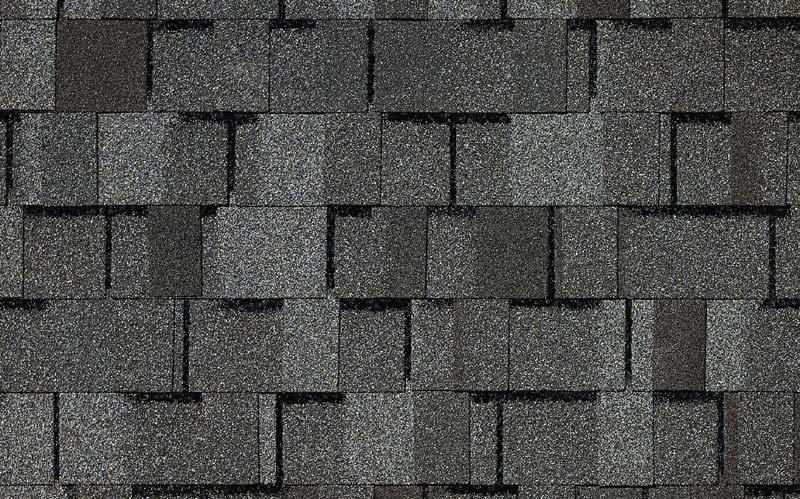
These extremely high-cost shingles were manufactured by CertainTeed and are found throughout the Midwest. They are a heavy asphalt three-tab-style shingle with a “tiger-stripe” pattern throughout. These shingles had a 30-year material warranty and production of these shingles stopped in about 2008.
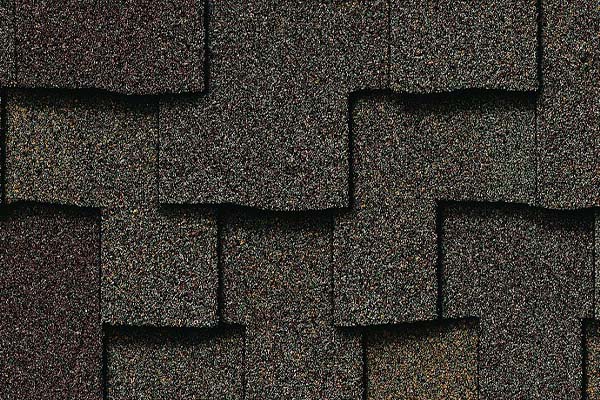
These high quality shingles have a “saw tooth” like appearance with a high amount of asphalt in them. There are two styles of these shingles, the regular and the triple laminate (TL) which has 1/3 more asphalt and an additional fiberglass mat. These shingles are so heavy that they do not utilize a stick down area like other asphalt shingles. These are a higher cost shingle that is mainly chosen for its unique appearance. Weathercraft installs two types of these shingles, Certainteed Presidentials and Tamko Vintage.

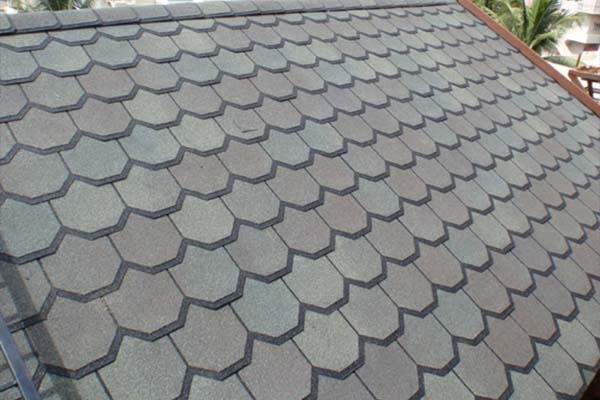
These high-quality shingles have a “scallop” appearance to them. These are a higher-cost shingle that is mainly chosen for its unique appearance. This product is manufactured by CertainTeed.
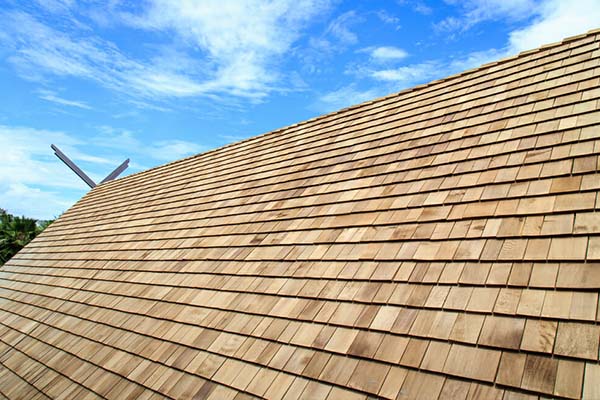
This is the method used for roofs since the turn of the century and was widely used in the Midwest in the early part of the 1900s. Many early 1900s homes will have one or more layers of wood shingles over “gapped sheathing”, which was then covered with asphalt shingles. “Gapped sheathing” is when the homebuilder would leave 3- to 4-inch gaps between the boards on the roof, which would then be covered by the wood shingles. This condition is identified by looking in the attic area to see if there are gaps between the boards used on the roof. The backside of the wood shingles can usually be seen in these gaps. Typically, the roof will have to be re-sheathed to cover these gaps when the wood shingles are torn off in order to receive new asphalt shingles. Wood shingles are typically uniform in size and have 5 inches of exposure on each shingle. This type of wood roof is more expensive to install than wood shakes.


Granulated Metal Panels are 36-inch-wide-by-24-inch-tall metal panels that have granules — similar to asphalt shingles — glued to the topside of the panel. They come in many different styles that are designed to look like shakes, tile, shingles and other profiles. When installing these roofs, all existing roofing should be removed first. Some profiles will require wood batten strips to be installed on the roof first. Other profiles do not. Granulated metal panels can be found throughout the Midwest, though not nearly as common as asphalt systems. They are also more expensive to install than regular asphalt shingles.
There are two main manufacturers in the Midwest. The original is Decra, which has been around for more than 10 years. Another major manufacturer of granulated metal panels is Gerrard. Weathercraft is qualified to install both manufacturers’ products.
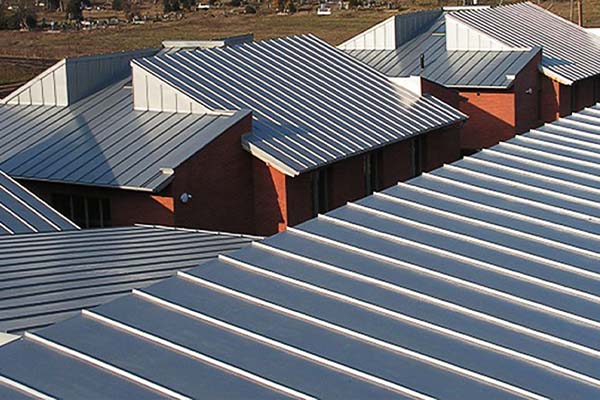
Standing-seam metal panels have a vertical seam that is “seamed” together with some sort of positive force. Sometimes, there is a hand or robotic seamer tool that will roll over the seam after the panels are installed. Sometimes, there is a snap-lock seam that is not reversible. Other situations have a hidden clip that is mechanically fastened within the vertical seam. Standing-seam panels come in a large variety of widths and profiles.
Standing-seam panels are typically ordered to length and are available in numerous colors. The panels have different types of coatings that hold their color. Kynar coating is common on the higher-end panels. These panels also come in different gauges with the smaller the gauge, the thicker the panel. 22- 24- and 26-gauge panels are typical for commercial applications and 26- and 29-gauge are common on residential applications. Underlayments and venting are also important factors on these systems.

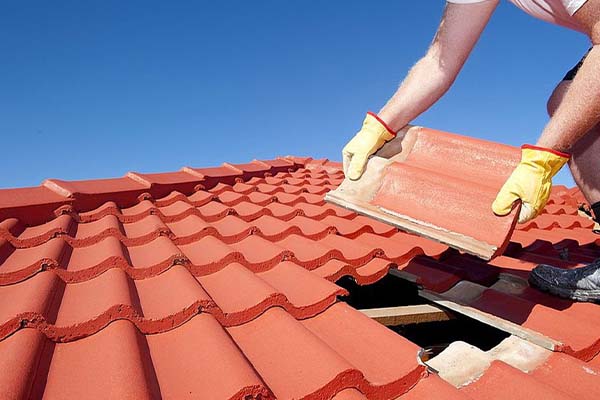
Ceramic tile roofs have been around for generations, especially in the Southwest. They come in many different profiles, including Spanish tile and flat tile, which are the two most common found in the Midwest. The underlayment on these systems is the main waterproofing material, with the tile acting as UV, weather, and impact protection for the underlayment. The better the underlayment material, the longer the tile roof system will last. A 43#-base sheet is typically used nationally, but with the high winds in the Midwest, higher-end systems may use a modified asphalt roofing material. Wood batten strips are typically installed on the underlayment with the tile sitting on top of it with one fastener per tile. Specialized ridge and end caps are the most expensive pieces of this system and a large amount of these can increase the cost of this system dramatically.
Tile roofs can be susceptible to high winds and microbursts that lift up the tile and break it. This allows too much moisture and weathering to reach the underlayment, and decreases the lifespan of the underlayment. Missing or broken tiles should be replaced in a timely manner. Birds have also been known to nest in the open spaces that the tile creates. Their nests will also decrease the lifespan of the underlayment. A tile roof system is replaced by removing the tile, replacing the underlayment and batten strips, and replacing the existing tiles. Typically, there is a 10 percent waste factor when the tiles break during the process, meaning that new tiles are required.
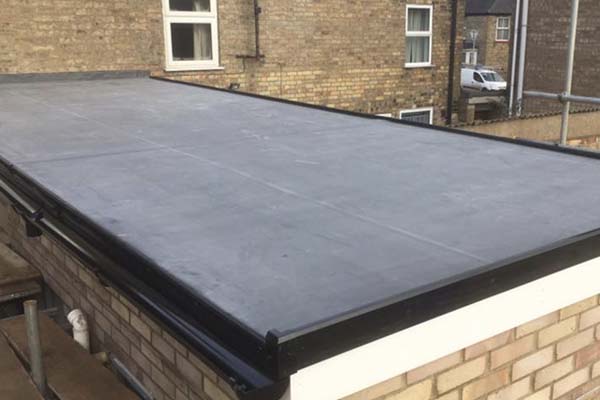
Flat roofs on a residential home create a unique challenge. First, flat roof knowledge and technology are typical in the commercial roofing industry. Many residential contractors do not posses either the experience or knowledge to properly install a flat roof. Second, many of these residential contractors will use 90# rolled roofing which is cheap and easy to install as a solution. The problem with 90# rolled roofing is that, in Weathercraft’s experience, it will typically only last four to six years in the Midwest before it disintegrates.
Weathercraft defines a flat roof as any roof that is 2-inch in 12-inch slope or flatter. Depending on how flat the slope is and the desire of the homeowner will often determine which systems best suits the situation.

Synthetic rubber roofs are relatively new to the market and use new or recycled rubber to imitate expensive roof systems. The most common is slate imitation roofs. The rubber, although still more expensive than asphalt systems, is much cheaper than slate, but can still give a similar appearance. A handful of projects in the Midwest use this product.
Asbestos roofs were common in the 1950s as asbestos was widely used in many industries. Asbestos is a strong micro fiber that gives strength to its products. Asbestos has been known to cause diseases when the fibers are inhaled into the body and its use is nearly nonexistent. Asbestos roofs in the Midwest typically have a hexagonal appearance, and are flat and hard. They are usually white or light green in color. If you have an asbestos roof, the material is no longer made or recommended for use. Asbestos roofs should be removed by a state licensed contractor who is trained on proper methods of the removal of asbestos.

